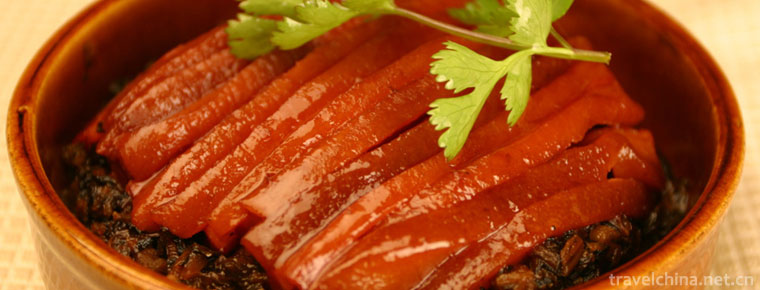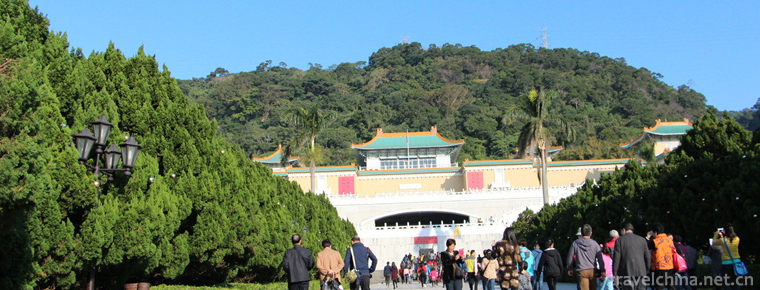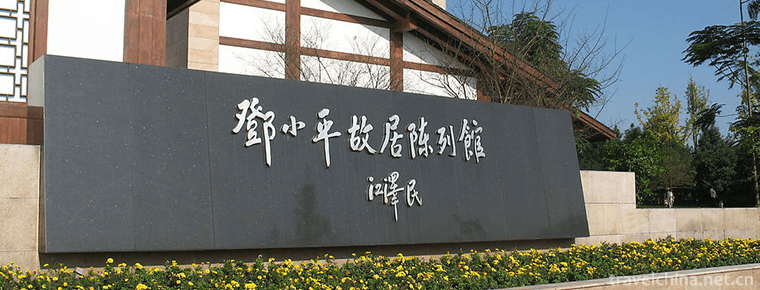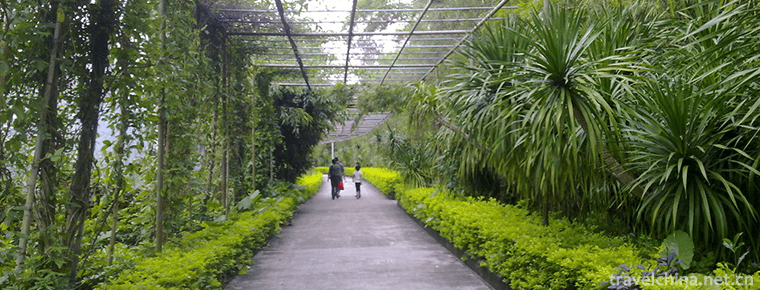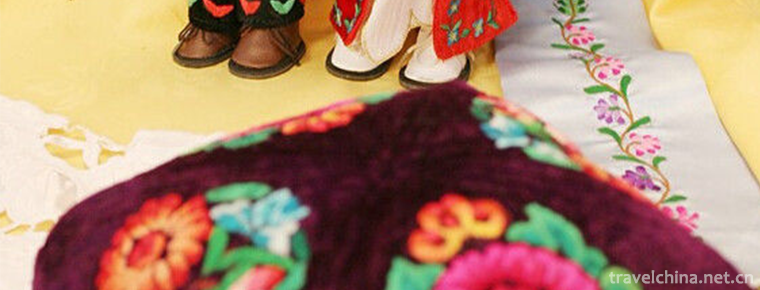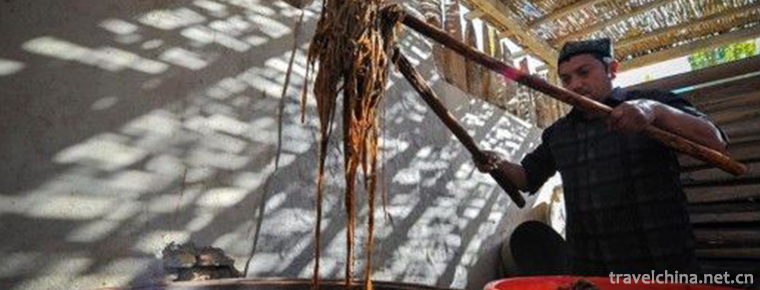Shiwan Ceramic Sculpture Technology
Shiwan Ceramic Sculpture Technology
Shiwan Ceramic Sculpture, the traditional folk ceramics of Foshan, Guangdong Province, is one of the national intangible cultural heritage.
Shiwan pottery sculpture has a long history. It first appeared in the Eastern Han Dynasty. It reached its peak in the Song Dynasty. After the founding of New China, the manufacturing level and artistic level of Shiwan pottery sculpture have been greatly improved.
In 2006, Shiwan Ceramic Sculpture Technology was approved by the State Council to be included in the first batch of national intangible cultural heritage list, project number_-3.
historical origin
Shiwan ceramic sculpture has a very long history. It can be traced back to the Eastern Han Dynasty. Its artistic prototype can be seen from the pottery sculptures unearthed from the tombs of the Eastern Han Dynasty in Shiwan. The large-scale kiln in Shiwan appeared in the Tang Dynasty. The ceramics produced were semi-ceramics with low temperature, low hardness, heavy billet and slack matrix.
Song Dynasty was the peak period of ceramics. The consumption fashion of the whole society promoted the unprecedented development of ceramics industry. Kilns engaged in ceramic production are all over the country. The varieties of garden ceramics and artistic ceramics for daily use ceramics are increasing sharply, and their shapes and styles are being renovated day by day. Ceramic industry gradually developed from inland to coastal Zhejiang, Fujian, Guangdong and Guangxi. Shiwan pottery sculpture began to flourish in this period. From Southern Song Dynasty to Yuan Dynasty, Central Plains immigrants brought the northern pottery skills to Shiwan, which was integrated with the original pottery making skills of Shiwan, greatly improving the manufacturing level and artistic level of Shiwan pottery.
During the Ming Dynasty, Shiwan Ceramic Sculpture had a great development, breaking the situation of single daily ceramics export in the past. Art ceramics, architectural garden ceramics, handicraft ceramics and other products were exported in large quantities. After the Ming Dynasty, the types and themes of Shiwan pottery sculptures became more and more extensive, such as fishing, woodcutting, farming, reading, pasturing, game, drinking, piano, games, even scratching mosquitoes, ear-digging and other people's daily work. Life scenes, all kinds of flowers, birds, insects, fish, animals, vegetables, fruits and other things familiar to the people, as well as Damorohan, Guanyin, Shouxing, Jigong, Baxian, Zhong Qiguangong and other people familiar with and loved immortals and historical figures, all get real and vivid expression in the art of Shiwan pottery sculpture.
Fifty years after the founding of New China, Shiwan pottery sculpture technology has greatly developed from the subject matter content to the expression method. Shiwan pottery sculpture is also highly praised by people at home and abroad for its rich and colorful products.
Technological characteristics
style
Shiwan pottery sculpture has the characteristics of humanism, locality and nationality, and has a unique artistic style in its creation. The pottery sculpture techniques of "Shiwan Gongzi" can be divided into five categories according to the physical form: figure pottery sculpture, animal pottery sculpture, utensils, micro-sculpture and tile ridge pottery sculpture. Represented by character modeling, the "Shiwan Doll" pottery art has both shape and spirit. It absorbs all kinds of cultural and artistic essence, combines high realism with moderate exaggeration, and has both the taste of life and artistic taste, forming a distinct local style.
modelling
Shiwan pottery sculpture process is vivid and vivid. No matter the characterization of characters, animals or utensils, products are devoted to the creation of artistic typicalization. Each work has distinct personality characteristics. All kinds of shapes have reached the artistic realm of various shapes, thousands of people and thousands of faces, less assimilation, meticulous delineation of objects and images, so the image is like life.
Fetal glaze
The fetal glaze of Shiwan pottery sculpture is thick and plain. It has the characteristics of thick tire wall and thick glaze. At present, there are more than 70 kinds of traditional glaze colors, and there are more than 90 kinds of glaze colors in addition to 12 kinds of crystalline glazes originated in China in 1963. These nearly 100 kinds of glaze color add colorful artistic beauty to Shiwan pottery sculpture art. Shiwan has many kinds of famous glazes, which have high appreciation value and scientific achievements, such as "Pomegranate Red", "Cui Mao Glaze", "Tianmu" and "Donggua Peel", and so on. It enjoys high reputation in China.
technique
The techniques of Shiwan pottery sculpture are colorful. Up to now, there are still handprints and drum moulding holes in the moulding technology of pottery and plastic process products. In the product modeling techniques, we inherit and develop the traditional knife, press and knead moulding, and stick moulding four methods, so that all kinds of moulding have vivid artistic effect.
Inheritance and Protection
Inheritance value
"Shiwan ceramic art is the essence of art accumulated over thousands of years. It has high historical value, scientific value and artistic value. Not only has it made outstanding contributions to Lingnan Culture Treasure, but also has played an active role in promoting cultural exchanges between China and the world.
Current situation of inheritance
Shiwan pottery sculpture technology is now facing the dilemma of no one to follow. Limited market space and realistic living environment make it difficult for young people to regard this technology as a lifelong career. Under this situation, Shiwan pottery sculpture technology, a traditional technology, is difficult to preserve and urgently needs people's protection.
Heritage figures
Liu Zemian, male, born in 1937. Born in Shiwan Ceramic Art Family, he was deeply influenced by famous ceramics artists. His works are vivid, vigorous, bold, simple and heavy. The pottery sculpture has a deep ability to gain the advantages of all, and is well versed in it. It pays special attention to the shaping of characters'bones, muscles and clothing patterns, so as to make the works have both arts and crafts, form and spirit, and have their own style. Many of its works have won national prizes for excellence, first prize and treasure, or have been separately collected by the Chinese Art Museum of Arts and Crafts and the Chinese Museum of History. 。 On June 5, 2007, Liu Zemian was selected as the representative successor of the first batch of national intangible cultural heritage projects.
Liao Hongbiao, male, born in 1937. Shiwan Ceramic Art has a family background and a deep family heritage. At the age of 19, he began to engage in the creation and design of pottery sculpture, and later learned from Liu Chuan, a master of pottery art. He has more than 50 years of rich experience. In December 2012, Liao Hongbiao was selected as the representative successor of the fourth batch of national intangible cultural heritage projects.
protective measures
Shiwan Ceramic Sculpture was selected as the first national intangible cultural heritage list in 2006, which injected new blood into this ancient folk art.
From 2015 to 2018, the Ministry of Culture and the Ministry of Education launched the research and training program for the inheritors of intangible cultural heritage in China. The Shiwan Popularization Training Course on Ceramic Sculpture is the sixth and seventh non-legacy training program held by Guangzhou University in 2017. During the period of two months, the trainees studied and created the skills of "ceramic sculpture characters" and "ceramic sculpture animal skills".
social influence
Important Exhibitions
From August 18 to November 18, 2003, in the Shiwan Kiln Glaze Exhibition, more than 200 pieces of glaze and color objects of Shiwan Kiln collected by He Chiyuan, the owner of Yongtao Xuan, were displayed.
From April 29 to June 24, 2006, the original works of Shiwan Ceramic Sculpture, an intangible cultural heritage, were exhibited in the exhibition.


-
National Palace Museum Taipei
Taipei national the Imperial Palace Museum, also known as the Taipei the Imperial Palace and Zhongshan Museum. It is one of the three major museums in China and one of the largest comprehensive museum.
Views: 261 Time 2018-10-12 -
Deng Xiaopings Hometown Tourist Area
Located in Xiexing Town, Guang'an District, Guang'an City, Sichuan Province, Guang'an City, Deng Xiaoping Hometown Tourist Area covers an area of 3.19 square kilometers.
Views: 122 Time 2018-12-12 -
Seven Stars Scenic Spot
Seven Stars Scenic Spot/Qixing Scenic Spot is located on the East Bank of Lijiang River in Guilin City, along Xiaodong River, a tributary of Lijiang River, 1.5 kilometers away from the city center..
Views: 112 Time 2018-12-17 -
maoming forest park
Maoming Forest Park is located in the western suburb of Maoming City, Guangdong Province. It is only 12 kilometers away from the urban area and covers an area of more than 4500 mu.
Views: 184 Time 2019-02-07 -
Tianma Island Tourist Area
Shandong Tianma Island Tourist Area is composed of Ma Qi Mountain and Tianhu Lake. It is located 16 kilometers northeast of Junnan County Town, Linyi City..
Views: 340 Time 2019-02-21 -
Yinghu Scenic Area
Yinghu, a national AAAA-level tourist area, is located 16 kilometers southwest of Ankang City, Shaanxi Province. The total area is 102.8 square kilometers, including 77 square kilometers.
Views: 164 Time 2019-03-05 -
Uygur Embroidery
Embroidery is one of the most representative decorative techniques in Uygur costumes in China. Whether it is Uygur clothes, skirts, shoes, hats and beds, the interior decorative articles adorn the exq.
Views: 169 Time 2019-06-26 -
Uygur Mulberry Paper Making Skills
Uygur mulberry paper takes mulberry branch endothelium as raw material, mulberry branch endothelium is sticky, smooth and delicate, easy to process, after exploitation, soaking, pot boiling, pounding,.
Views: 134 Time 2019-06-28 -
Panzhihua College
Panzhihua College is the only comprehensive undergraduate college in southwest Sichuan and northwest Yunnan, where the Ministry of Education locates. The school is located in Panzhihua City, a famous .
Views: 257 Time 2019-08-31 -
Bengbu Medical College
Bengbu Medical College (Bengbu Medical College) is Anhui Province The provincial general higher medical colleges and the first batch of units granted the right to grant bachelor's and master's degrees.
Views: 82 Time 2019-11-08 -
Social undertakings in Guangyuan
In 2018, Guangyuan City achieved 31 major scientific and technological achievements throughout the year, and 1466 patents were applied, including 288 inventions and 931 authorized patents. 84 technical contracts were registered, and the transaction value.
Views: 311 Time 2020-12-15
